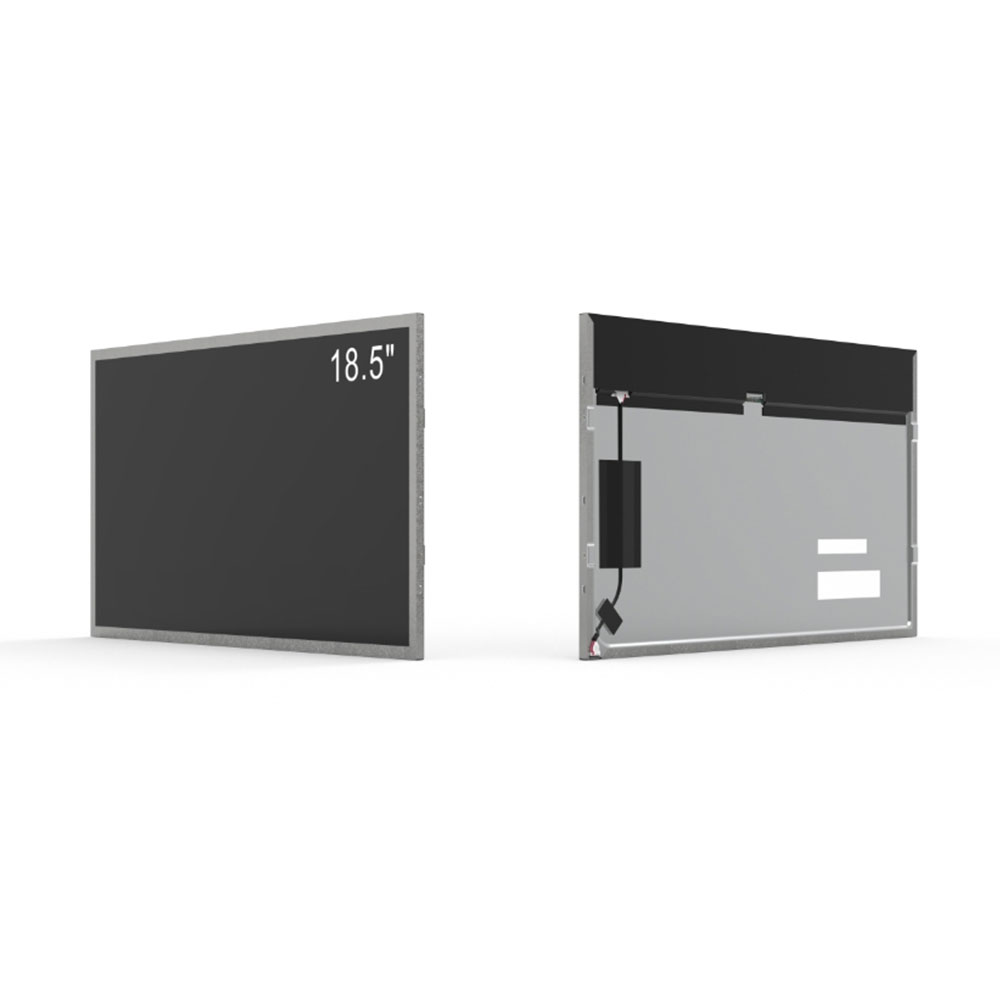Outdoor LCD screens are critical in environments such as transportation hubs, retail facades, and industrial sites where exposure to weather is inevitable. To ensure reliable operation under harsh conditions, achieving an IP66 waterproof rating is not just a feature—it’s a necessity. The International Protection (IP) rating system, defined by IEC 60529, specifies the level of protection against solid objects and liquids. An IP66 rating means the screen is completely dust-tight (6) and protected against powerful water jets from any direction (6).
From our experience engineering over 500 outdoor LED and LCD displays for global clients—from Dubai’s desert environments to Seattle’s rainy coast—we’ve learned that true IP66 compliance goes beyond surface-level sealing. It involves multi-layered design strategies:
- Sealed Enclosures: Using high-quality aluminum or stainless steel enclosures with gasket seals rated for continuous outdoor use (e.g., EPDM rubber), ensuring no dust ingress even in high-wind conditions.

- Waterproof Connectors: Employing sealed DIN or M12 connectors instead of standard screw terminals to prevent moisture from entering via cable entry points.

- Thermal Management: Incorporating passive heat dissipation (like vapor chambers or heat pipes) rather than active fans—fans would compromise IP66 integrity due to air intake paths.
- Environmental Testing: Rigorous testing per IEC 60529 standards—including 3-minute water jet tests at 12.5 kPa pressure from 3 meters away—ensures real-world performance.
Case Study: In 2022, we delivered a 55-inch outdoor LCD screen for a European railway station that required IP66 certification. The unit passed salt spray testing (ISO 9227), vibration resistance (IEC 60068-2-6), and 100% humidity exposure (IEC 60068-2-30). No failures occurred over 18 months of continuous operation in sub-zero temperatures and heavy rain.
Manufacturers often claim IP66 without third-party validation—a red flag. Always verify certifications through independent labs like UL, TÜV, or Intertek. For mission-critical applications like public safety or emergency information systems, IP66 must be engineered into the core—not bolted on post-facto.
In summary, achieving authentic IP66 waterproofing requires a holistic approach combining materials science, enclosure engineering, and rigorous testing. This ensures longevity, reliability, and trustworthiness in outdoor digital signage deployments worldwide.







